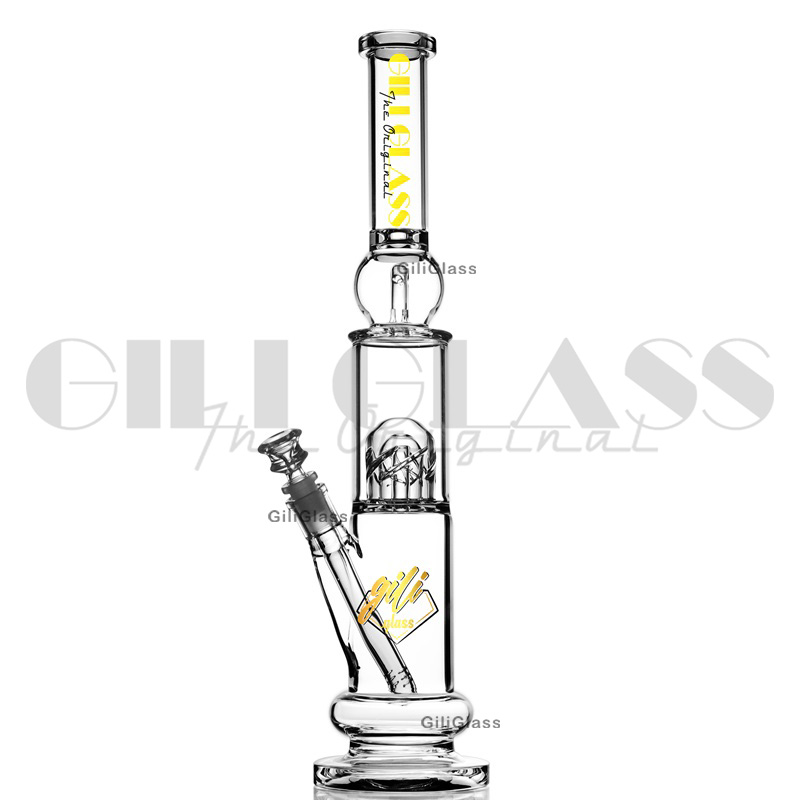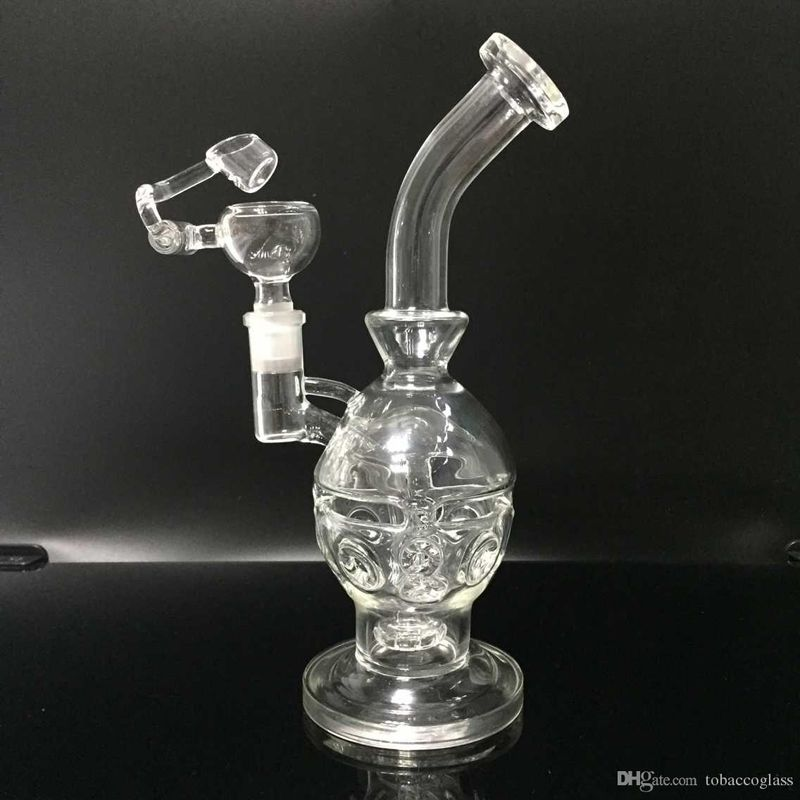A bong is a device that is used to smoke herb or tobacco by filtering and cooling the smoke through water. Bongs are also known by other names, such as water pipes, bubblers, bingers, or billys. Bongs have been around for centuries, and they come in different shapes, sizes, and materials. But how do they work, and are they really better for your lungs than other smoking methods? Let’s find out.
How do bongs work?
Bongs generally feature a small bowl that holds dried herb or tobacco. When you light the herb or tobacco, it combusts and produces smoke. Meanwhile, as you inhale, the water in the bottom of the bong bubbles (or percolates, if you want to get technical). The smoke rises up through the water and then the chamber before entering your mouth and lungs.
The water in the bong serves two purposes: it filters out some of the tar and toxins from the smoke, and it cools down the smoke, making it smoother and less harsh on your throat. Some bongs also have additional features, such as ice catchers, diffusers, or percolators, that further enhance the cooling and filtering effects of the water.
Where do bongs come from?
The word bong is adapted from the Thai word baung (บ้อง), meaning a wooden cylinder or pipe cut from bamboo and used for smoking. Whether manufactured or homemade, the device as we know it stays essentially true to this definition of a bong. It’s central identifying shape — the cylindrical neck — mirrors the robust cylinder of a bamboo stalk.
Bongs have a long history that spans across different cultures and continents. Some of the earliest evidence of bong use comes from ancient China, India, Persia, Africa, and Scythia. Bongs were also popular among the Hmong people in Laos and Thailand. Bongs made their way to the West in the 20th century, where they became associated with cannabis culture and counterculture movements.
Are bongs better for your lungs?
If you’re looking for a smoother toke, a bong will give you just that compared to smoking herb or tobacco rolled in paper. As expected, the water in a bong eliminates the dry heat you get from a joint. The effect is often described as being cooler, creamy, and smooth rather than harsh.
This effect can be deceiving, though. While the smoother smoke might feel better on your lungs, you’re still smoking. And that smoke is still filling up your lungs (we’ll spare the lecture on why this is all-around bad news for your health). Sure, a small amount of the bad stuff might get filtered out. But it’s not enough to make much of a difference.
According to health organizations like the Centers for Disease Control and Prevention (CDC), smoke is harmful to lung health regardless of what you’re smoking because of the carcinogens released from the combustion of materials. Smoking herb or tobacco can harm lung tissues and cause scarring and damage to your small blood vessels.
The tendency to inhale deeply and hold your breath when smoking from a bong means you’re often exposed to more tar per breath. Plus, bongs are basically a way to get more smoke into your lungs while also making that smoke more pleasant to inhale. All of these aspects make it easy to overdo it when using a bong.
One other risk to keep in mind is related to the use of plastic bongs. Plastics that contain chemicals like BPA and phthalates have been linked to adverse health effects, including cancer. If you’re going to use a bong, opt for one made from glass, ceramic, or metal instead.
Conclusion
Bongs are devices that are used to smoke herb or tobacco by filtering and cooling the smoke through water. They have been around for centuries and have different shapes and sizes. Bongs can provide a smoother and cooler smoking experience than joints, but they are not necessarily safer for your lungs. Smoking any substance can harm your health, so use caution and moderation when using a bong.
.





